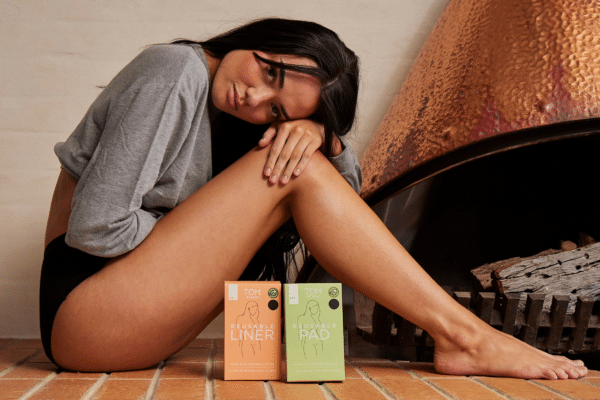I started my eco journey with fashion, and like most things in life, it had a domino effect.
After asking the question ‘who made my clothes?’ I began wondering: Where does my food come from? Why is there so much plastic on everything? Where does my waste go? I’ve expanded my consumer consciousness and made daily changes to how my existence impacts the planet.
My latest challenge: the pill packet.
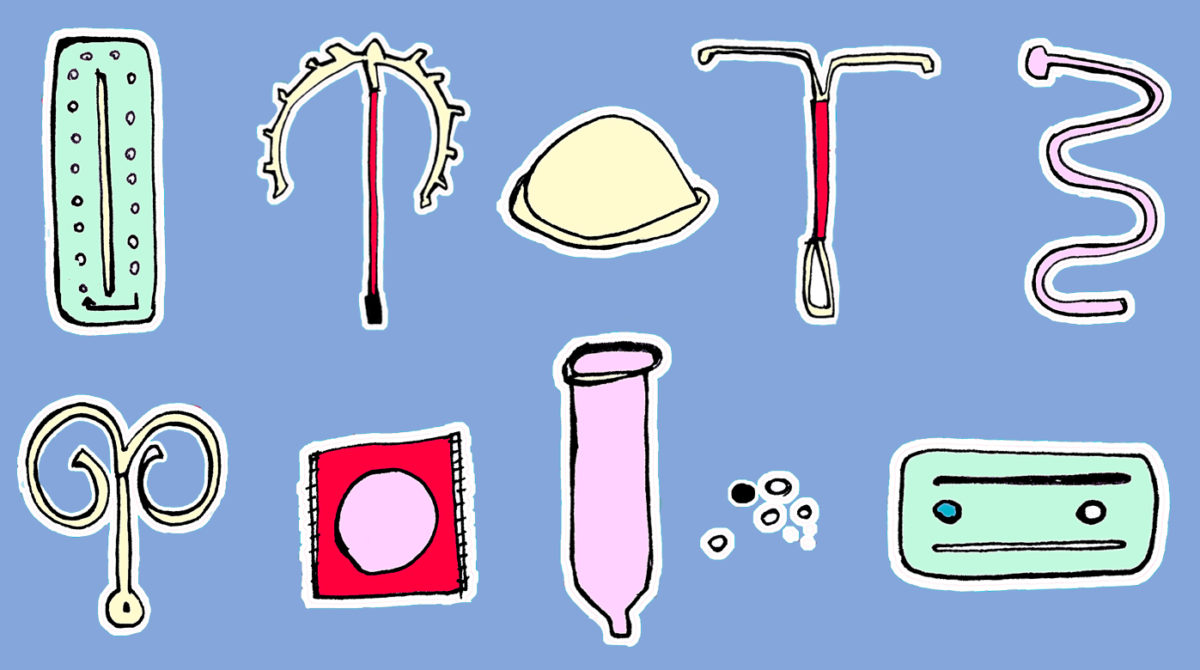
"My latest challenge: the pill packet. It cannot be recycled and goes straight to landfill. I wasn’t okay with this, so I branched out."
It cannot be recycled and goes straight to landfill. I wasn’t okay with this, so I branched out. Through my research and personal changes (I now have the contraceptive implant FYI) towards a more zero-waste contraceptive, I discovered all contraceptive methods effect you and the planet in both negative and positive ways.
Whilst there are so many options out there, here are four contraceptive methods that can work well for you and the planet.

Fertility Tracker
Perhaps the most natural, this method involves refraining from sexual intercourse in the fertile stages of your cycle. There are no hormones or devices involved, though some methods require using a thermometer to measure your temperature, such as the Daysy method. Women can use an app (e.g. Flo Period & Ovulation Tracker or Ovia Fertility Period Tracker) to track their periods and symptoms, or simply follow medical advice relating to when women are most fertile in their cycle.
Positives: No waste, free/cheap, no hormones, your fertility isn’t interrupted or potentially negatively affected
Negatives: Relies heavily on human error, you can’t have sex whenever you want to, 76-88% effective
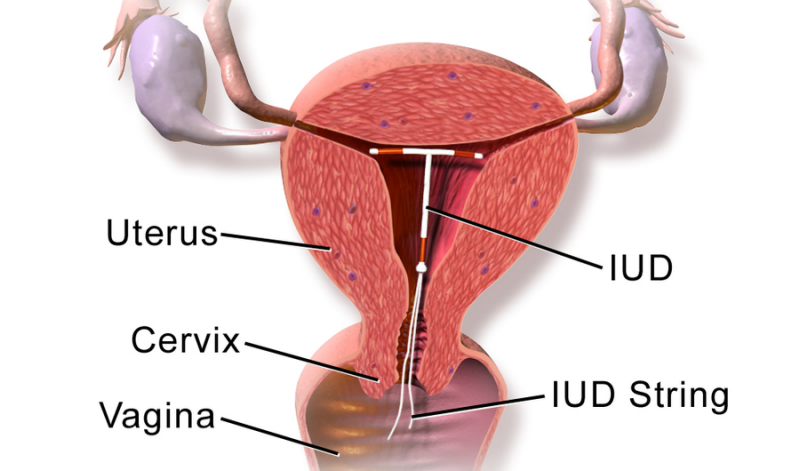
The Copper IUD
The copper IUD is a small, t-shaped object that sits inside your uterus. The properties of copper act as a spermicide, and stop sperm from reaching the egg. Depending on what age you are and country you are in, it can cost anywhere from $0AU to $500AU for consults and insertion.
Postitives: Zero waste (apart from the surgical objects used for insertion), can be free for younger women, 99% effective, doesn’t rely on human error, once removed you are back to normal fertility immediately, lasts up to 10 years, hormone free
Negatives: Insertion can be very painful, can be expensive, can cause heavy periods and cramps
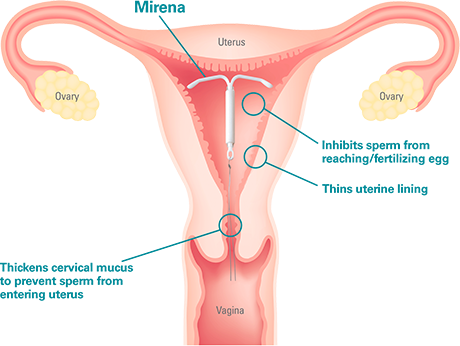
The Hormonal IUD
The hormonal IUD is the same as the copper IUD, but instead of copper, it uses a hormone to stop sperm reaching the egg.
Positives: Zero waste (apart from the surgical objects used for insertion), can be free for younger women, 99% effective, doesn’t rely on human error, once removed you are back to normal fertility immediately, lasts up to 10 years
Negatives: Insertion can be very painful, can be costly, can cause heavy periods and cramps, contains hormones that can affect the body in a negative way
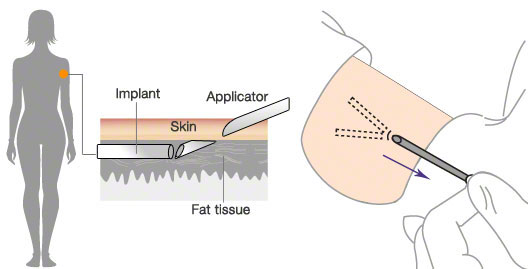
Contraceptive Implant
The increasingly popular contraceptive implant involves two small rods, the size of matchsticks, inserted under your skin, usually on your bicep. The implants contain progestin which can stop your body from releasing an egg each month, or thicken the mucus of the cervix to stop sperm swimming towards the egg.
Positives: More than 99% effective, works for up to 5 years, no human error involved, once removed you are back to normal fertility immediately, zero waste (apart from the surgical objects used for insertion), can stop you from having your period
Negatives: Can cause persistent or sporadic bleeding, contains hormones that can affect the body in a negative way, bruising after insertion can be painful
Whether your values are plastic or hormone free, choosing a contraceptive that works for your body and lifestyle is most important. Keeping your waste in mind during your decision making means the planet with thank you for it later.
What are your natural solutions? I’d love to hear from you!
Other images via Unsplash

